- - Knee Joint Anatomy: Natural vs. Prosthetic Joint
- - Knee Joint Anatomy Damage That Requires Knee Replacement
- - Knee Joint Anatomy Imaging and Diagnosis in Turkey
- - Knee Arthroscopy in Turkey
- - Knee Replacement Surgery in Turkey
- - What Are the New Innovations in Knee Replacement in Turkey?
- - Trusted Knee Replacement Surgery at Turkey Luxury Clinics
- - FAQs About Knee Joint Anatomy in Turkey
The knee joint is primarily responsible for enabling flexion and extension of the leg, allowing smooth movements while supporting body weight and maintaining the stability of the lower limb.
Knee disability can occur when any part of the knee joint anatomy is damaged, often due to knee arthritis or other degenerative conditions. In such cases, joint replacement procedures play a crucial role in relieving pain and restoring normal knee function.
Turkey Luxury Clinics guides you step by step—from understanding natural knee anatomy to exploring how a prosthetic knee can help you move smoothly, live pain-free, and regain a healthy, active life.
This video also shows how knee replacement surgery is performed by our skilled surgeons with precision and ease to help you achieve a better quality of life.
Knee Joint Anatomy: Natural vs. Prosthetic Joint
The knee joint consists of two main articulations: the tibiofemoral joint, where the femur (thigh bone) meets the tibia (shin bone), and the patellofemoral joint, where the patella (kneecap) glides over the femur.
When looking at a knee joint picture anatomy, you will find a complex structure made up of bones, muscles, cartilage, ligaments, and tendons, all working together as an integrated system to ensure smooth movement, flexion, and stability.
Natural knee joint anatomy:
- Knee joint bones: Include the femur (thigh bone), tibia (shin bone), and patella (kneecap), which form the main articulating surfaces.
- knee joint anatomy muscles: Such as the quadriceps and hamstrings, which provide dynamic stability and assist in bending and extending the knee.
- Knee joint cartilage anatomy: The articular cartilage and menisci act as shock absorbers, reducing friction and protecting the bones from wear.
- Knee ligaments: The anterior cruciate ligament (ACL), posterior cruciate ligament (PCL), medial collateral ligament (MCL), and lateral collateral ligament (LCL) provide static stability and prevent abnormal movements.
- Knee tendons: Such as the quadriceps tendon and patellar tendon, connecting muscles to bones and transmitting the forces necessary for movement.
On the other hand, prosthetic knee implants are artificial human made joints used in knee replacement surgery.
Prosthetic knee joint components:
- High-grade metals (such as titanium or cobalt-chromium alloys):
- These metals replace the bony surfaces of the knee. They are carefully shaped to mimic the natural curves of the femur and tibia, allowing smooth bending and sliding motions.
- Medical-grade polyethylene (plastic parts):
- This plastic insert acts as a substitute for the cartilage and meniscus, serving as a cushion between the metal components to reduce friction and enable natural, pain-free movement.
These artificial components are designed to replicate the natural knee’s motion, reduce pain, and restore function.
Knee Joint Anatomy Damage That Requires Knee Replacement
Several common knee disorders can lead to severe damage of the knee joint anatomy, often making knee replacement the most effective treatment option. The most frequent causes include:
- Osteoarthritis: Age-related cartilage wear leading to pain, stiffness, and bone-on-bone friction.
- Rheumatoid arthritis: Chronic inflammation that progressively destroys cartilage and soft tissues.
- Post-traumatic arthritis: Damage caused by previous fractures, ligament tears, or meniscus injuries.
- Advanced meniscus or cartilage loss: Severe deterioration that can no longer be repaired through arthroscopy or conservative treatments.
Anatomy of the knee joint diagrams are essential for understanding which part of the knee is damaged and for planning the right treatment approach, such as knee replacement surgery.
Knee joint replacement involves removing the damaged cartilage and bone surfaces of the femur (thigh bone), tibia (shin bone), and sometimes the patella (kneecap), and replacing them with artificial components made of metal and medical-grade plastic.
Knee Joint Anatomy Imaging and Diagnosis in Turkey
Getting the anatomy of knee joint images is essential for diagnosing knee joint conditions and planning replacement surgeries. The main imaging techniques include:
- knee joint anatomy xray
A knee X-ray is a diagnostic imaging test that produces black-and-white images of the knee joint, mainly highlighting the bones — such as the femur, tibia, and patella. It helps detect fractures, joint space narrowing, and alignment issues. Although X-rays provide limited details on soft tissues like ligaments or cartilage, they are often the first diagnostic step for knee pain or injury.
Orthopedic surgeons usually request a knee X-ray for diagnosis of the primary cause, before knee replacement surgery and after the surgery for follow ups.
- Knee joint MRI anatomy:
Knee joint MRI anatomy refers to the detailed visualization of the structures within the knee using magnetic resonance imaging, to create cross-sectional images of the bones, cartilage, ligaments, tendons, muscles, and nerves in and around the knee joint.
It is commonly used before surgery for accurate diagnosis and surgical planning, especially in complex cases where soft tissue damage must be evaluated.
- Knee joint anatomy ultrasound :
Knee joint ultrasound is a non-invasive imaging technique that uses sound waves to visualize the superficial soft tissues of the knee, including tendons, ligaments, muscles, and bursae. It is excellent for evaluating extra-articular structures and some periarticular pathology like fluid collections and synovitis
Ultrasound is useful for real-time assessment of tendons, ligaments, and fluid accumulation around the joint. It is often used during diagnosis or post-surgery follow-up to detect fluid buildup or inflammation.
- Knee joint anatomy 3D image:
3D knee imaging, primarily utilizing 3D MRI and sometimes combined with CT, offers enhanced visualization and analysis of the knee joint compared to conventional 2D imaging
Knee joint 3D image is a crucial component of personalized knee replacement surgery, enabling the creation of custom-fit implants and surgical guides for improved accuracy, better patient outcomes, and potentially faster recovery.
Knee Arthroscopy in Turkey
Knee arthroscopy in Turkey is a minimally invasive surgical procedure used to diagnose and treat various knee problems, including issues related to ligaments and tendons.
As an advanced technique, it involves inserting an arthroscope—a small camera—through tiny incisions, usually 1 to 2 cm, to visualize the inside of the knee joint allowing surgeons to accurately repair or remove damaged tissues with minimal trauma and faster recovery.
With a relatively low cost - $2,500 to $4,500 - a high success rate - 90 to 95% - and faster recovery times, knee arthroscopy in Turkey is often preferred for various conditions such as knee ligament ruptures, early-stage arthritis, meniscus tears, knee dislocation, and other soft tissue injuries.
Watch this video and learn how knee arthroscopy work to diagnose and treat various knee disorders.
Knee Replacement Surgery in Turkey
Knee joint replacement, also known as knee arthroplasty, is a surgical procedure in which the damaged or worn-out parts of the knee joint are replaced with an artificial prosthetic implant
This operation is primarily performed to relieve chronic pain, restore joint function, and improve mobility in cases of severe osteoarthritis or other degenerative conditions where non-surgical treatments have failed.
Knee replacement offers several benefits, including up to 90–95% pain relief, improved joint function, restored mobility, and better quality of life with enhanced knee flexion and stability.
The cost of knee replacement surgery in Turkey generally ranges between $8,000 and $12,000, which is significantly lower compared to many Western countries.
The procedure boasts a success rate of 90–95%, with most patients experiencing substantial pain relief and improved mobility within a recovery period of 6 to 12 months.
In Turkey, Knee replacement surgery is a popular and cost-effective option for patients seeking treatment for severe knee problems.
Read more about: Top indications for knee replacement, When is surgery necessary, and who is a candidate for knee replacement
What Are the New Innovations in Knee Replacement in Turkey?
Turkey is at the forefront of advanced medical technologies, offering cutting-edge innovations that improve the accuracy, safety, and long-term outcomes of knee replacement surgeries. One of the most notable advancements is the robotic-assisted knee replacement.
Robotic-assisted knee replacement is a modern surgical technique in which a robotic arm assists the surgeon during the procedure.
The surgeon remains in full control, but the robotic system enhances precision by guiding accurate bone cuts, optimizing implant positioning, and ensuring better alignment.
This advanced approach often leads to a joint that feels more natural and can result in faster recovery, less postoperative pain, and improved long-term function.
Trusted Knee Replacement Surgery at Turkey Luxury Clinics
At Turkey Luxury Clinics, we provide expert knee replacement surgeries tailored to each patient’s needs. With advanced surgical techniques, experienced orthopedic surgeons, and world-class facilities, we ensure a smooth treatment journey and long-lasting results. Contact us today to book your consultation and take the first step toward a pain-free life.

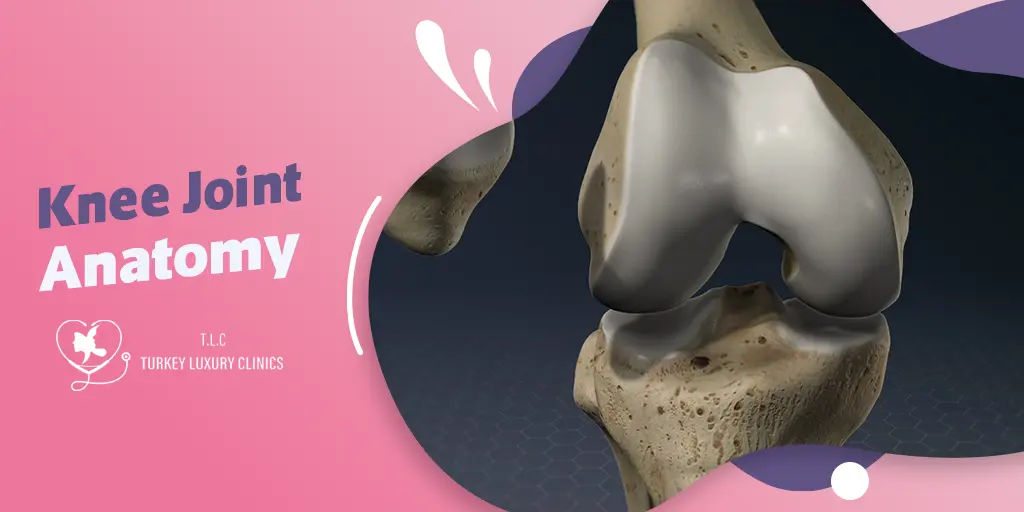

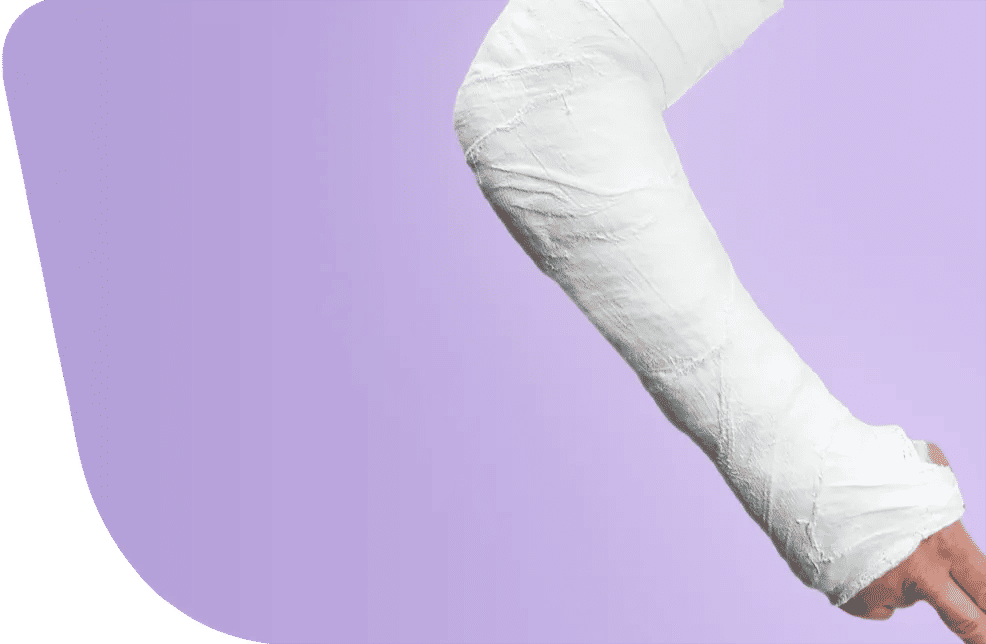
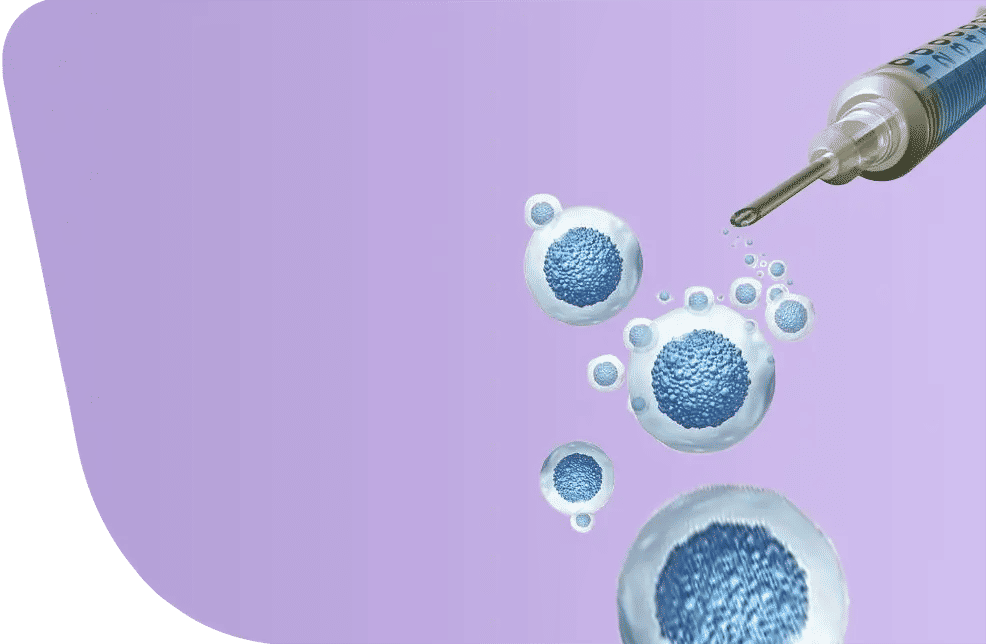
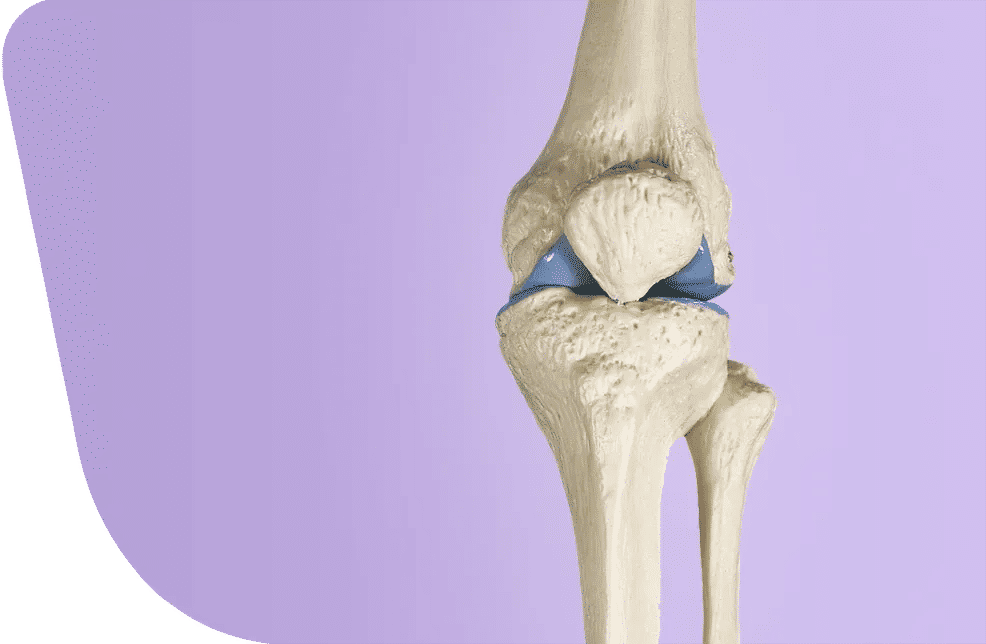


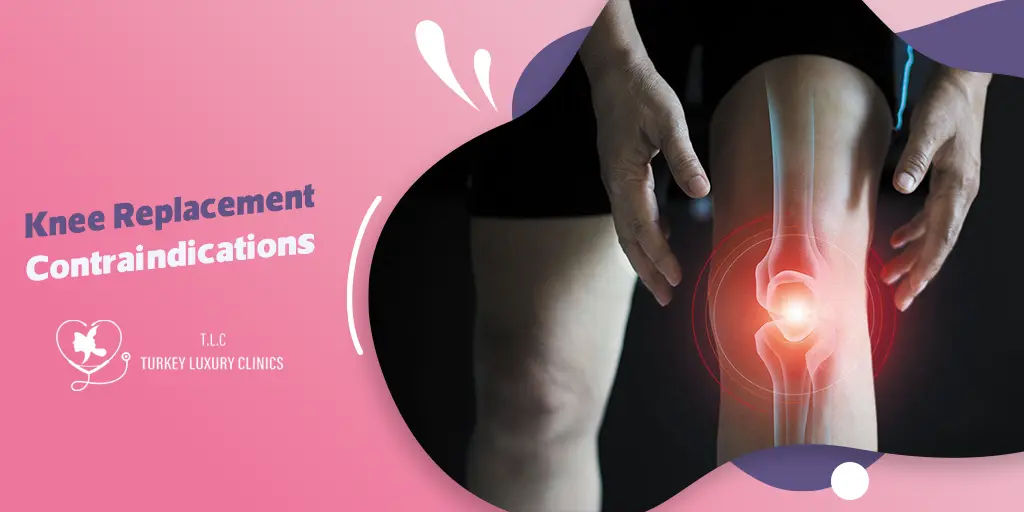



.webp)
.webp)
.webp)
.webp)

